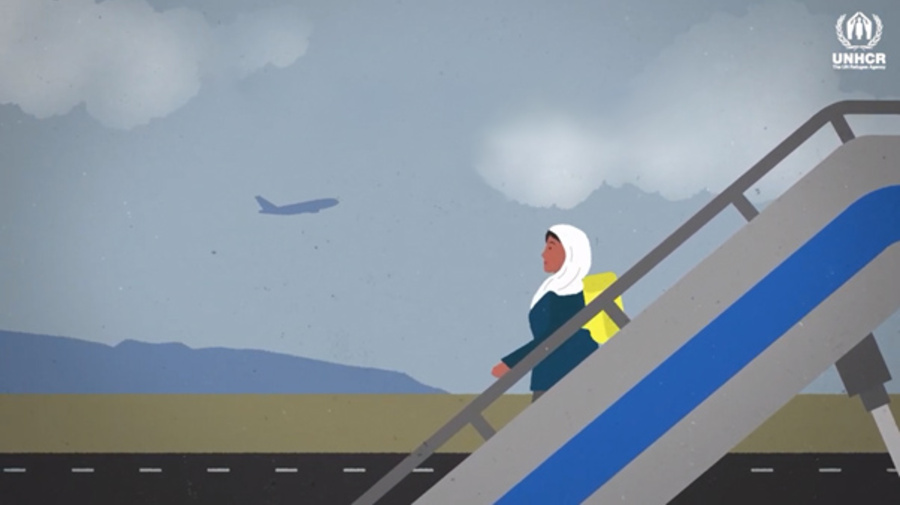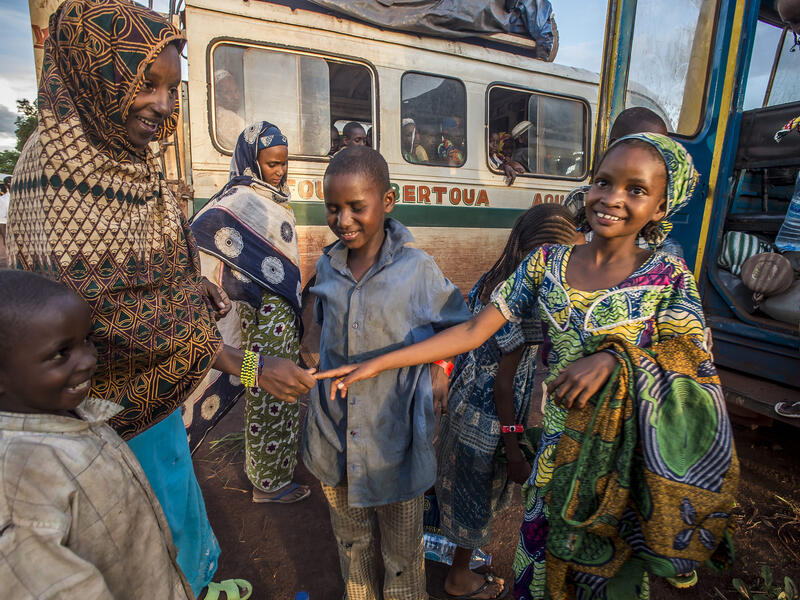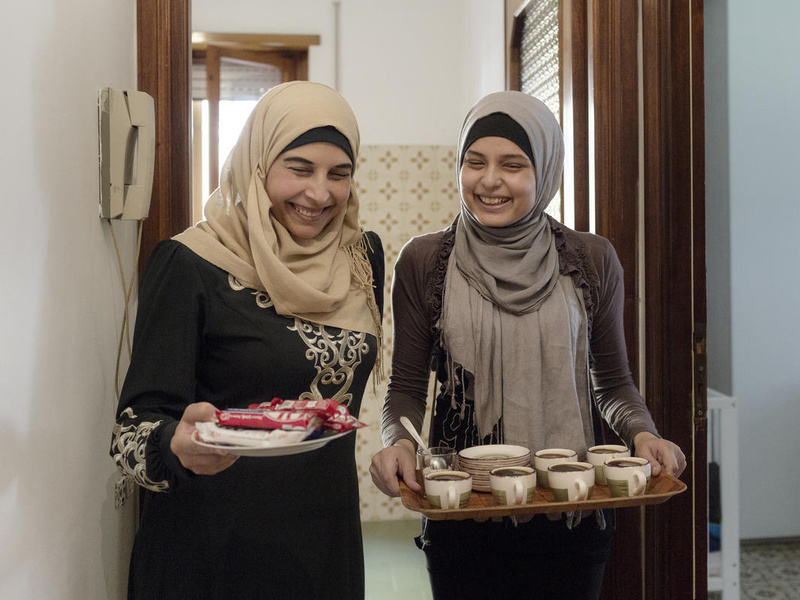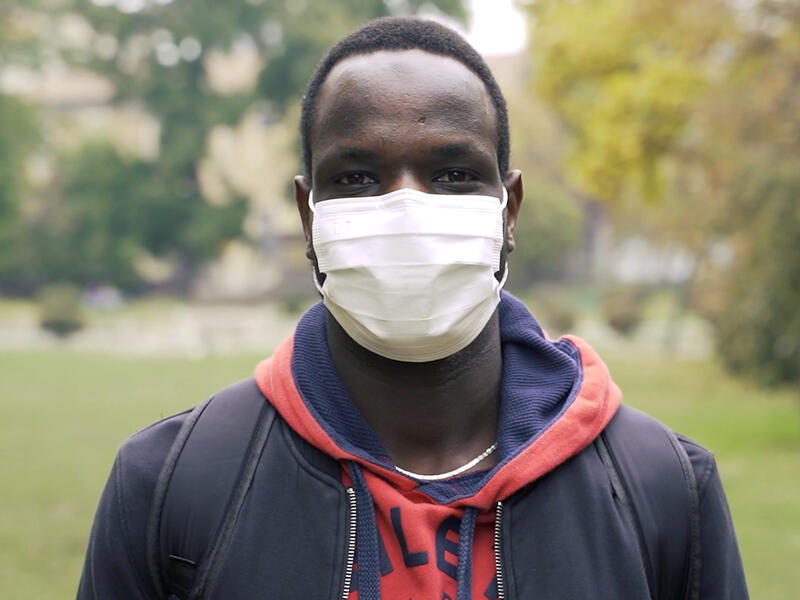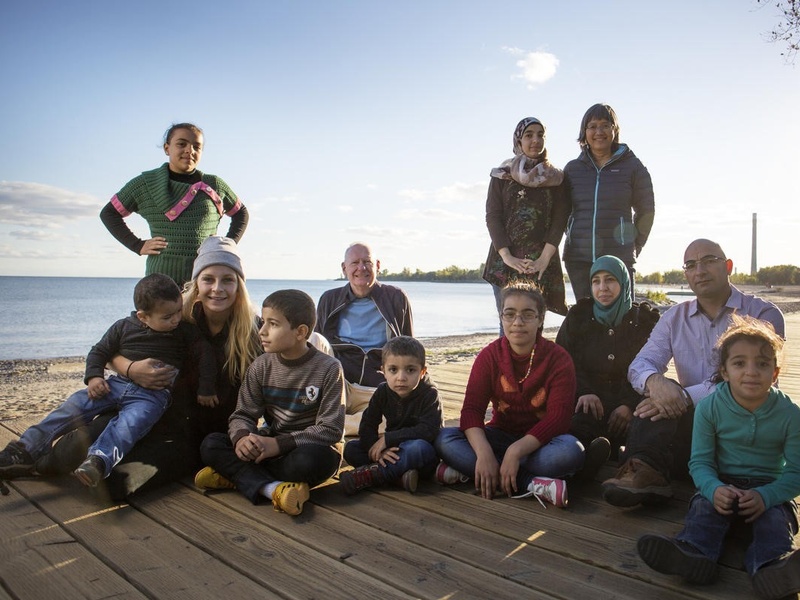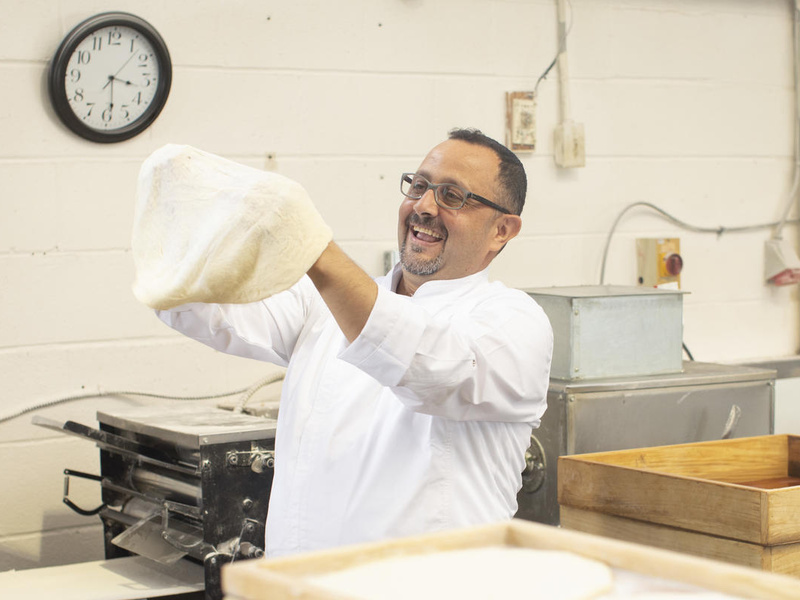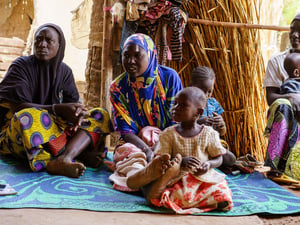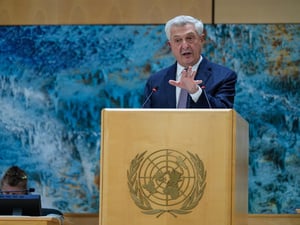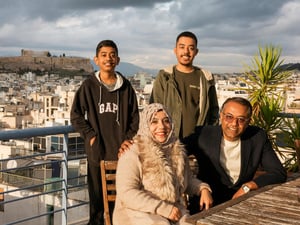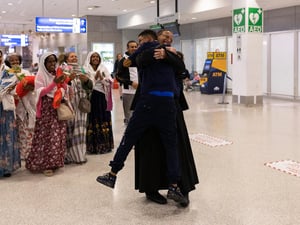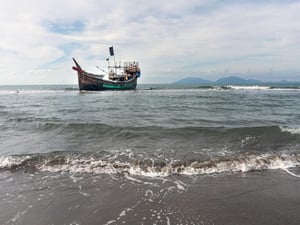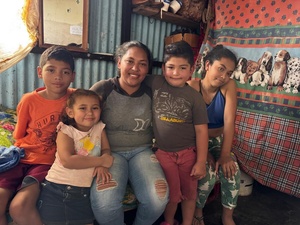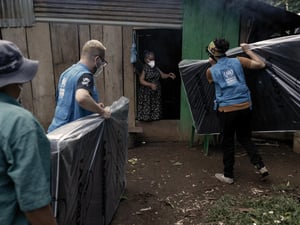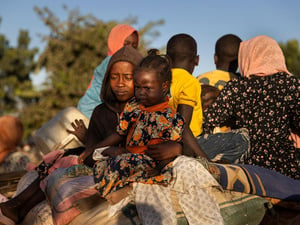Complementary pathways for admission to third countries
It is essential to know that admissions through these avenues need to be in addition and cannot substitute those arriving through UNHCR-referred resettlement programmes. Complementary pathways also do not substitute States’ obligations to provide international protection to refugees through access to asylum.
What are complementary pathways for admission?
Complementary pathways are migration pathways with refugee-specific flexibilities built in, that allow refugees to access work, study and other opportunities outside their countries of origin or asylum. They can also take the shape of programmes created specifically for refugees outside of regular migration programmes or UNHCR-assisted resettlement.
Beneficiaries of complementary pathways are given legal access to a third country through the given pathway, where they can gradually attain a more sustainable permanent status. At the same time, they can support themselves to reach a durable solution.
When trying to access complementary pathways, refugees face many challenges. For example, many refugees don't have national passports, for a variety of reasons, In this case, refugee travel documents are documents issued by countries of asylum that allow refugees to move around the world in the same way that every other human is allowed to.
Keep in mind:

A special characteristic of complementary pathways is that refugees can access them directly using publicly available information and existing administrative mechanisms.
Thus, refugees can find their own solutions. This is already happening without the help of humanitarian actors, as many refugees use existing avenues to move across borders for work, family or education reasons. However, others who could be eligible to do the same often face legal, administrative and practical issues inherent in their refugee situation.
While they may initially provide temporary stay, complementary pathways should be part of a progressive approach to comprehensive solutions.
They should ensure access to rights and eventual enjoying of a sustainable durable solution. These pathways allow refugees to contribute to their future solutions by harnessing their existing capacities and providing opportunities to learn new skills.

Types of complementary pathways
UNHCR works with States, civil society, the private sector, academia, governmental organizations and refugees to identify, establish and expand complementary pathways for admission to third countries.
Diverse in nature, complementary pathways may include one or a combination of the following:
- Family Reunification Procedures (often limited by states to nuclear family members), and programmes for extended family members
- Labour Mobility Pathways
- Education Pathways
- Humanitarian Pathways
- Private Sponsorship Pathways
- Other safe and regulated entry and stay options, including hybrids of the above.
Why complementary pathways?
Complementary pathways can facilitate access to protection and/or solutions, in addition to the three traditional UNHCR durable solutions – voluntary repatriation, local integration and resettlement.
These pathways directly contribute to equal responsibility-sharing and help meet three objectives of the Global Compact on Refugees.
Overall, complementary pathways can help:
- ease pressure on host countries by promoting a fairer sharing of responsibilities;
- expand third-country solutions for refugees and give them alternatives to irregular means and dangerous onward movement;
- enhance refugee self-reliance and build capacities to achieve a durable solution; support third countries in addressing labour or skills shortages; build public support for refugees by demonstrating their positive contributions to receiving societies.
Background
Refugee situations continue to increase in scope, scale, and complexity. This increases the need to share the responsibility for hosting and supporting the growing number of refugees in a fairer way.
In 2016, the New York Declaration for Refugees and Migrants highlighted the need for international cooperation and more predictable, equitable and sustainable responsibility-sharing for refugees. Building on this, in 2018, the Global Compact on Refugees (GCR) reiterated the determination of the international community to strengthen cooperation and solidarity with refugees and host communities.
The GCR also acknowledged that third-country solutions practically demonstrate this much-needed solidarity. To this end, it called for the development of the Three-year Strategy (2019 – 2021) on resettlement and complementary pathways. This multi-stakeholder Strategy aims to increase resettlement countries and spaces, advance complementary pathways and build the foundation by promoting inclusive societies.
In June 2022, the Third Country Solutions for Refugees: Roadmap 2030 was launched and builds on the Strategy - focusing on transitioning from foundation building to implementation and significant scaling of third country solutions The guiding principles of protection, durable solutions, responsibility sharing, additionality of complementary pathways, non-discrimination and family unity will continue to guide future ambitious efforts.

